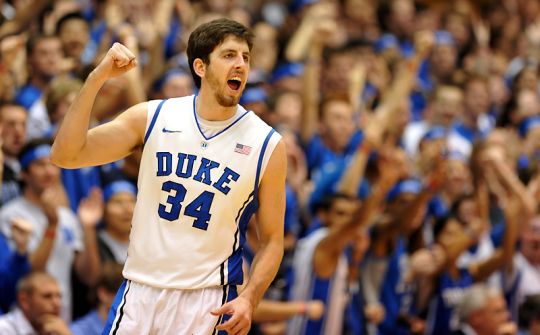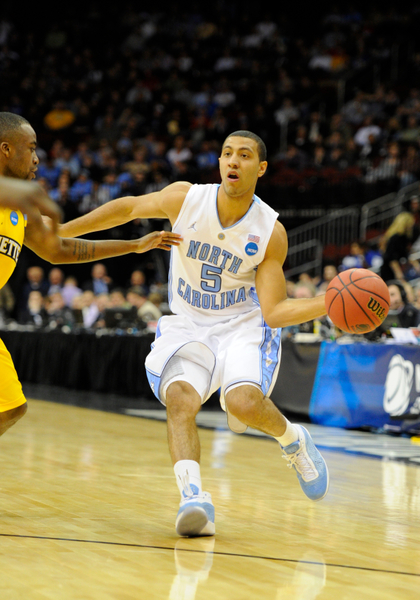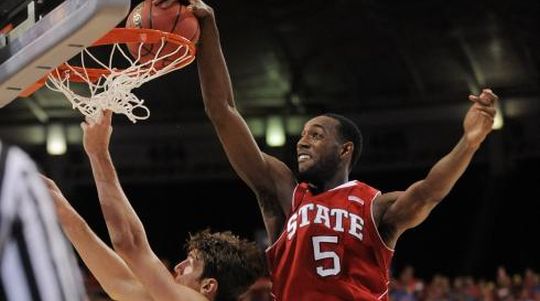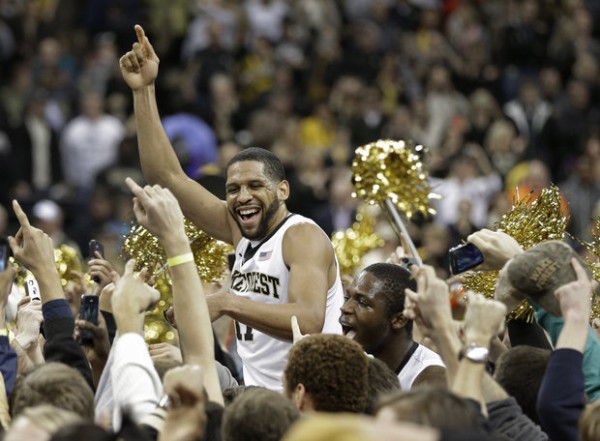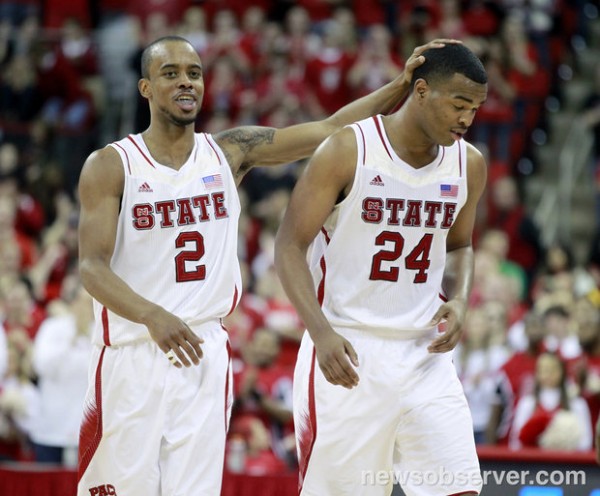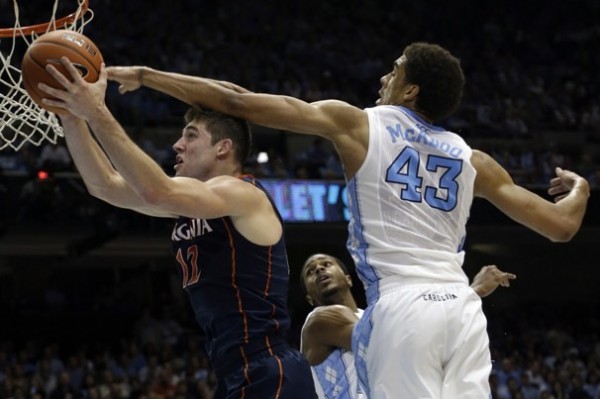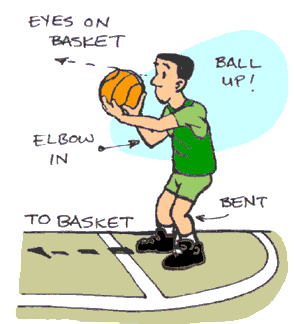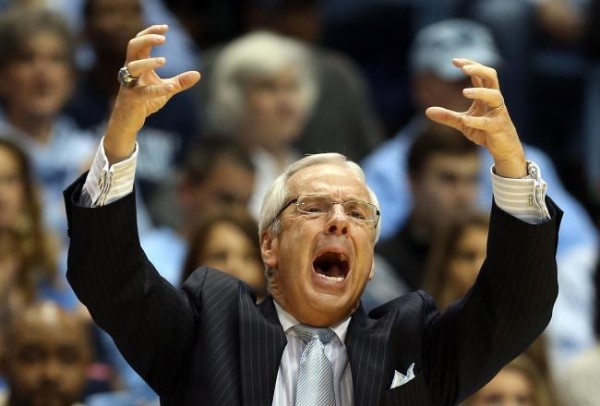Georgia Tech Delivers Miami’s First Home Loss
Posted by KCarpenter on March 7th, 2013Before Wednesday night, Miami had yet to lose a single game at home. Granted, they hadn’t lost many games period, but the BankUnited Center has witnessed nothing but triumphs during this breakthrough season for Jim Larranaga’s squad. In Coral Gables, Michigan State, Duke, Virginia, and North Carolina had all fallen to the Hurricanes. So, naturally, Georgia Tech, a team trying to avoid the worst record in the conference, was the team that finally bested the Hurricanes at home. It doesn’t make much sense on the face of things, but there does seem to be something about these Yellow Jackets.

Brian Gregory May Have A Long Way To Go At Georgia Tech, But They Have Shown Signs Of Progress
After last night, Georgia Tech had three conference victories on the road. That might not seem like much, but it’s only one fewer win than Duke and North Carolina, the same as NC State, and one more than Virginia. For as poorly as Georgia Tech has played (and given that they only have three conference victories at home, let me stress that they have played poorly), the Yellow Jackets have honestly been one of the better teams in the conference on the road. Sure, three wins isn’t much to hang your hat on, but these victories do stand as true accomplishments in an otherwise disappointing season. Defeating Miami at home is a singular achievement that no one else in the conference or out of it can match, unless a slumping Clemson team surprises us all over the weekend. Sure, defeating Virginia Tech at home isn’t all that special, but beating Wake Forest at Joel Coliseum has been challenging this year. Miami, Virginia, and NC State couldn’t do it, and Duke came within five points of falling short as well. Why has such an otherwise disappointing team been so (relatively) effective on the road?





























